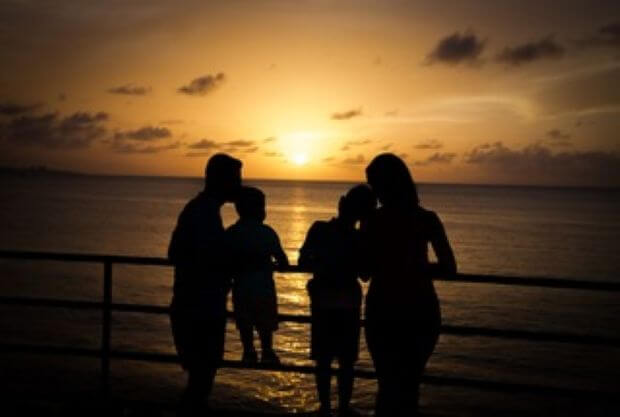Do you know the experience when you sit in the chair at the optometrist, with several little lenses changed in front of your eyes to find the right strength of lens for you to be able to see clearly? That correct match suddenly clicks down, and you are able to discern the world around you much more clearly.
This is similar to what happened with our family after moving to the Yakama Indian Reservation in Central Washington to serve as missionaries in 2011. We were experiencing life and literature with an old lens and began to realize it was a little cloudy. We needed an adjustment in our “prescription.”
Native America is a collection of beautifully diverse cultures full of rich traditions, beliefs, and stories. Many people think of Native Americans as living in the past, picturing all the ways they lived historically, but the truth is that Native populations are actually growing explosively today. Our family has lived on the Yakama Reservation for the past nine years to work with mission outreaches here, and it has been a delight and a joy for us to design afterschool tutoring and technology programs for children, youth, and adults that we hope will enrich the lives and community around us, and point to Jesus’ love for each person we encounter. Introducing children and young people to books has been a key part of our ministry from the very start!
But as we read some of our favorite books with our new lenses, we cringed at words and thoughts that are dehumanizing to Native or indigenous peoples. When phrases like, “The only good Indian is a dead Indian” appeared in beloved books, we were appalled! How should we deal with this with our own children (now ages 8, 10, and 11) and with our community? Our new friends were descendants of those same peoples – yikes!
We began reading books with a new lens which led us to have conversations about the value of all cultures and peoples—an important thing to consider especially when discussing global missions.
Does that mean we tossed all of the books containing startling material? Does that mean we sheltered the children to exclude rich masterpieces of the past? Or is there another way?
Here’s how we have addressed this: we consider the developmental needs of the child; for our community, most of the time people really need something fun and lighthearted to enjoy and build their interest in reading. We especially seek out books that feature characters from Native families, and have come to believe the best thing possible is to find books about modern Native children in healthy families doing everyday things. Books like Fry Bread by Kevin Noble Maillard for young readers, or I Can Make This Promise by Christine Day, allow young Native readers to see themselves in the world around them, and not just as people of a past life that no longer exists. These build a picture of the world where their existence and family are normal and beautiful! It validates an experience of being Native that is good and beautiful, not obsolete or stuck in the past. This is just as important for non-Native readers, too. We also love books in which the main characters are Native American, whether historical or modern, because they allow those lenses to come into sharper focus, and see the world from eyes that aren’t ours.
With our own children, we are very open. We consider together whether an element of a book seems truthful or respectful. We spend time carefully studying the actual events of history from multiple perspectives. We discuss why phrases like the one above are a problem, process together the feelings it stirs up in us, and consider why people might have felt that way. While it’s impossible to do this perfectly, we believe it is worth the many hard conversations we have had in order to help us be kind, see rightly, and love others in our community and in the greater world with Christ’s love and humility. Will you try on that new lens with us?



